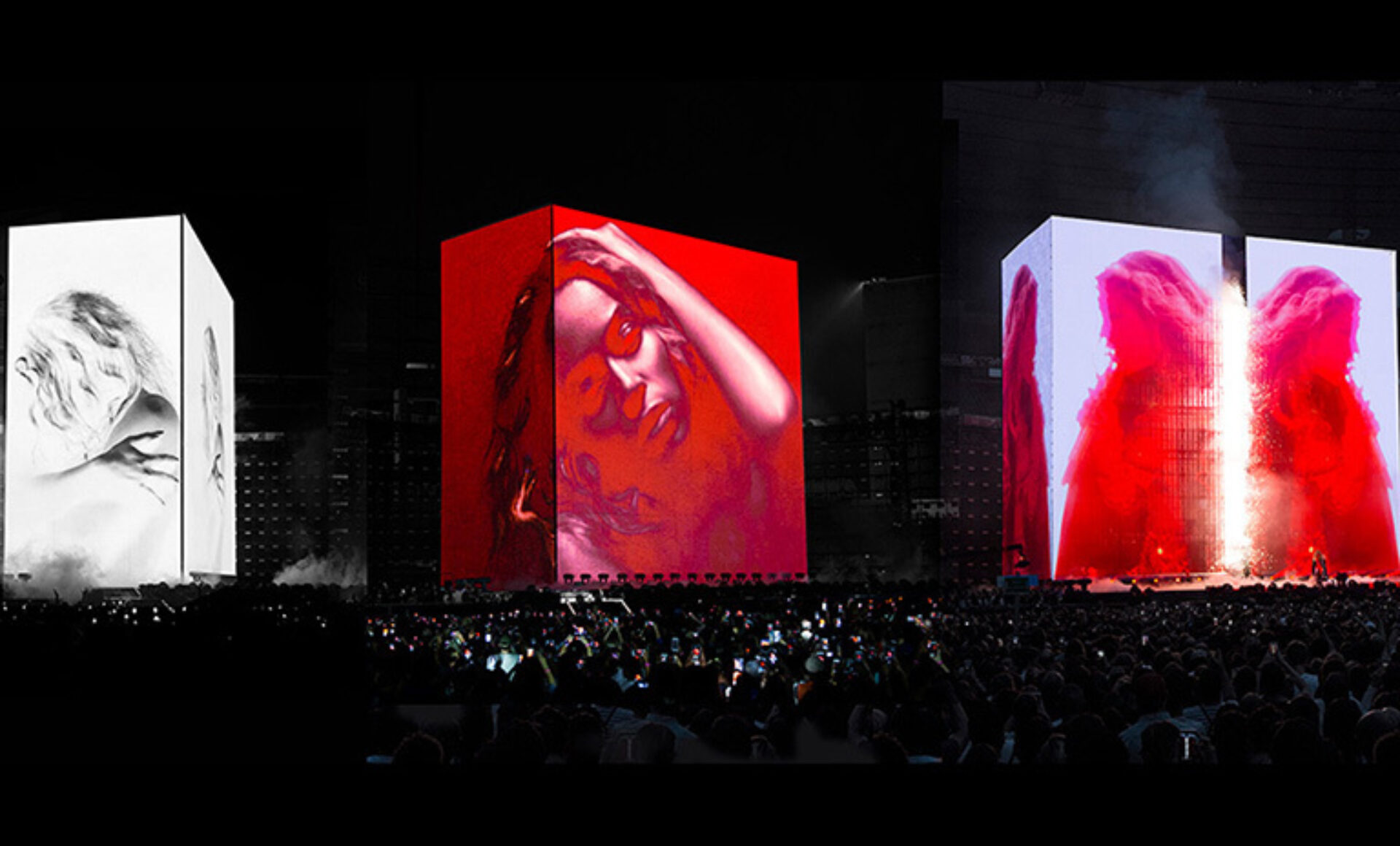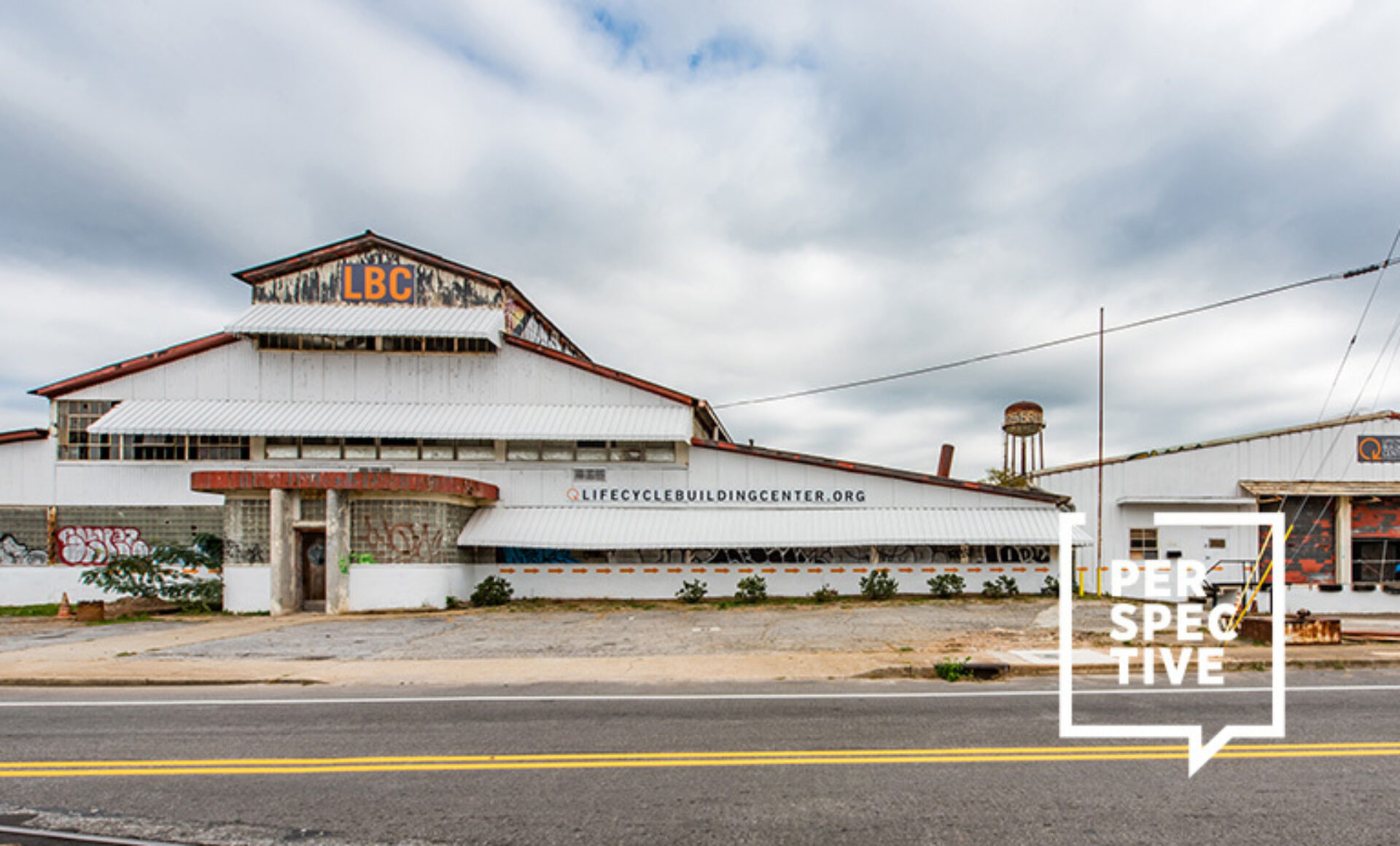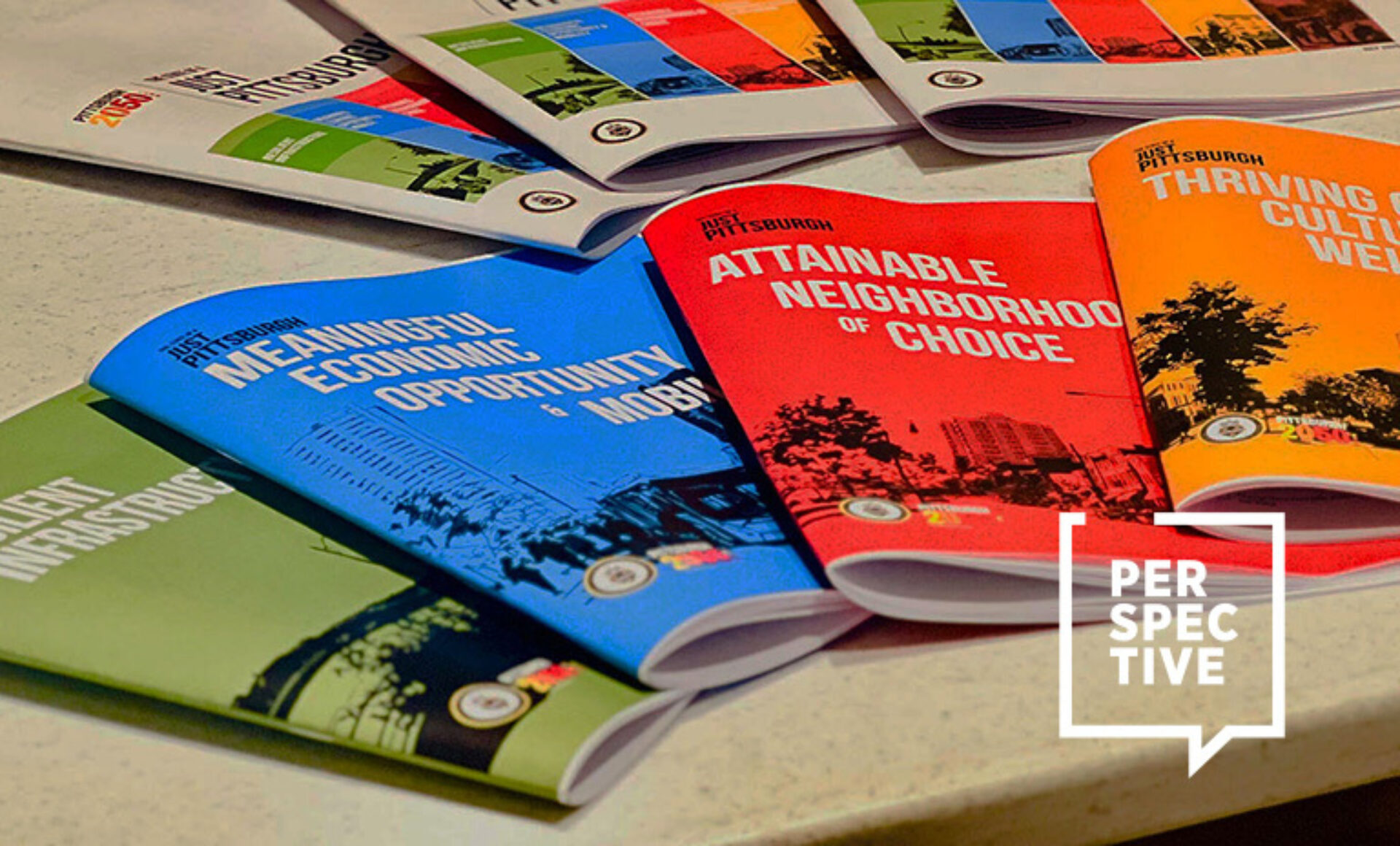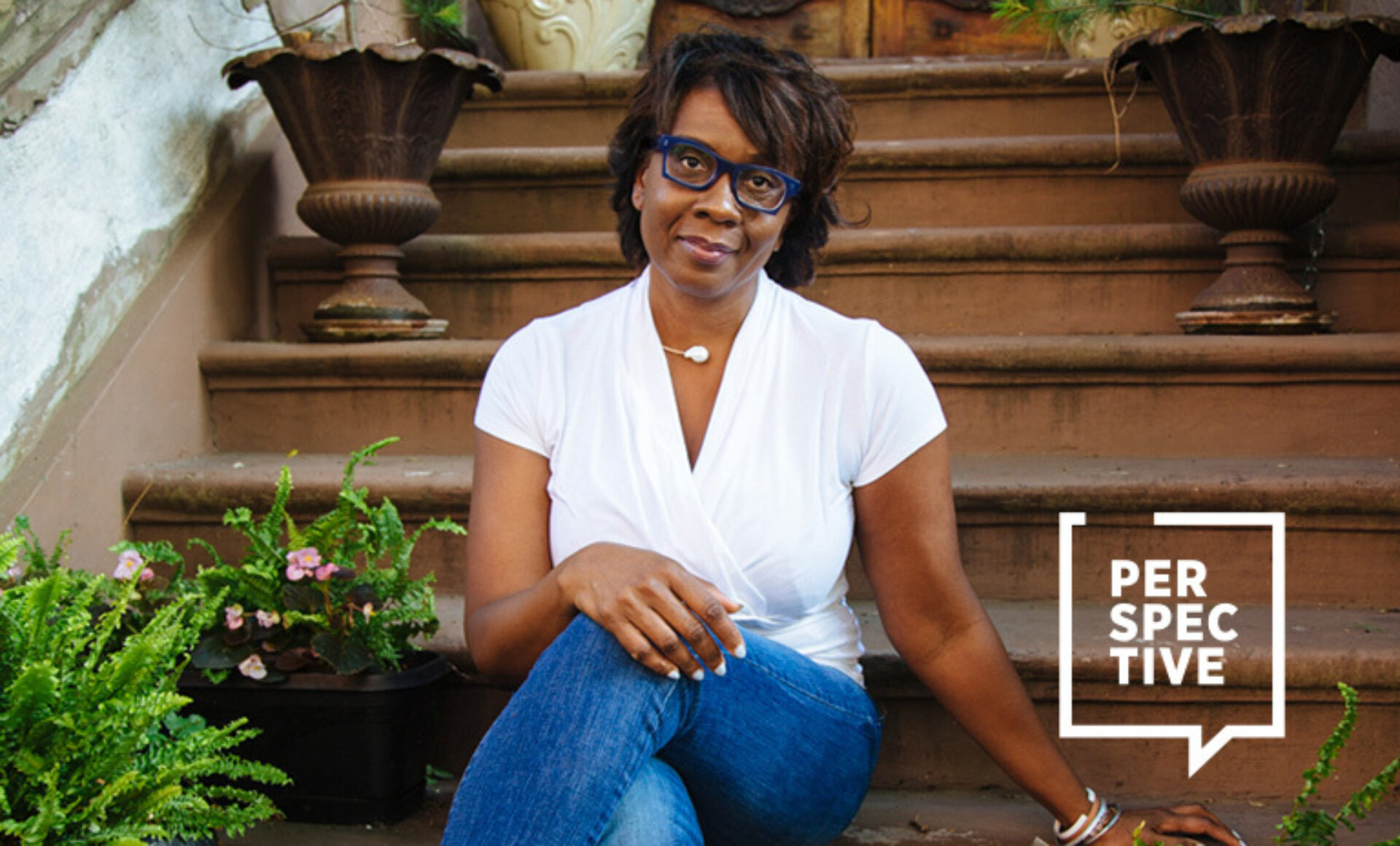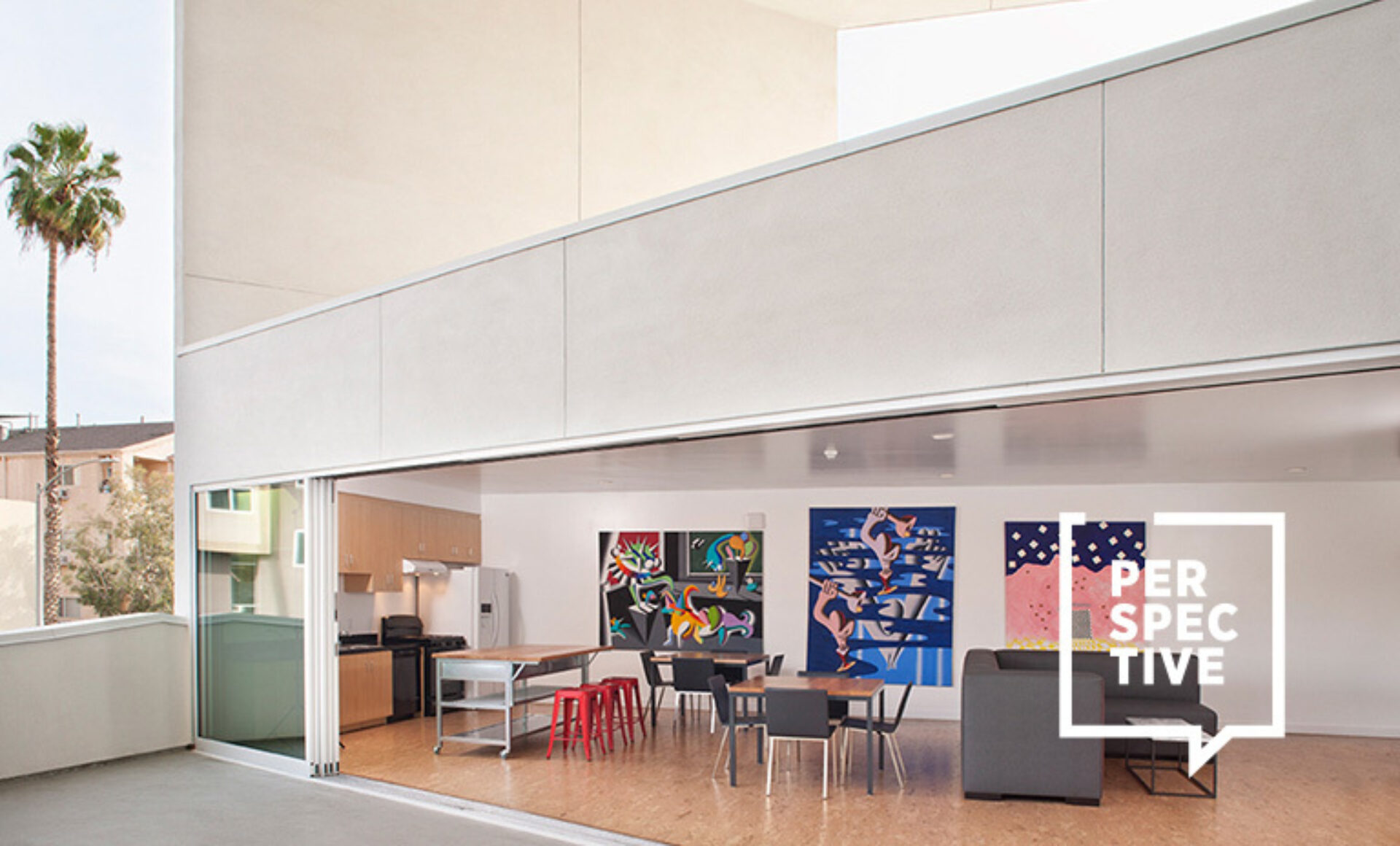From his formative years immersed in Tokyo's vibrant culture to his innovative work at Nike and his forward-thinking role as senior vice president of design and innovation at MillerKnoll, Sean McDowell is one of a kind.
In a conversation reflecting this issue of Perspective’s "Next Wave" theme, he discusses how his experiences have equipped him to navigate the evolving landscape of modern design, reveals a deep commitment to inclusive and accessible innovation, and emphasizes the importance of building on the legacy of design pioneers to create spaces that foster equality and diversity.
Diving into his sources of inspiration—from art gallery visits and the joys of family life to the triumphs of endurance sports—one thing becomes clear: these experiences round out the portrait of a leader who is not just shaping the future of design but is also deeply connected to the world around him.
Can you share your early design experiences and influences?
I was born in Tokyo, Japan. My dad was a professor of Japanese politics at the University of Tokyo so, from an incredibly early age I was exposed to a spectacular culture with a rich art and design history. I admire their architecture, product design, sculptures, Zen gardens…really everything. I love the combination of ancient traditions and modern technology. I saw the use of simple proportions, with meticulous attention to details all around me growing up. It was an extraordinary foundation that many don’t get to experience, and I believe it set me on the path that I am on today.
My formative years were spent in Ithaca, New York. My dad took a job at Cornell University in Ithaca, New York—you could say the opposite of Tokyo. Upstate New York was more rural, but it gave me the ability to explore in a safe environment and to experiment and learn. It allowed me to build tree houses, fix my friends’ bikes or the neighbor’s radio or silk screen tee shirts for local sporting events. In hindsight, it was the perfect foundation for a designer.
In what ways has your background in design as well as extensive tenure at Nike informed your perspective and prepared you for your current role?
I highly recommend being a lifelong learner.
I studied industrial design at Carnegie Mellon University. It was a wonderful education. The school focused on deep problem solving, which I think has played a huge role in my life. We were trained to ask the right questions, listen to consumers, build prototypes, and see the world in a different light. As a result, it doesn’t matter what field you work in if you use smart design methodology.

I had some wonderful roles at Nike including footwear designer, creative director of the Olympics and Nike Running. Those experiences taught me about interviewing athletes and making world class products with zero compromises. I learned ergonomics and how to build products that work seamlessly with the body. I learned how to strategize and coordinate teams. What fertile ground for education. All these lessons I use at MillerKnoll today.
So, we can leverage best practices across industries. At the same time, the size, scale, and environments are completely different. It allows me to ask naïve questions that might sound basic, but many times simply challenging the status quo allows the team to generate new insights. Just because something was done this way before, does not mean it should always be done that way.
MillerKnoll has a history of embracing change and pushing the boundaries of modern design. As you tackle the biggest challenges facing our global community, how do you ensure that innovation is inclusive and accessible to all, especially in creating environments that foster equality and diversity?
This is one of my favorite topics and it’s one of the main reasons I was attracted to MillerKnoll. Herman Miller and Knoll both have a deep history of being thought leaders and leading the industry in a completely new direction. This allows us to set the pace in the industry and build on past visionaries’ work to design spaces that foster connection – spaces that encourage people to take time out of their day, get to know their team members’ different points of view and stories. At MillerKnoll, the innovation work we are doing goes hand in hand with making our team, our clients, and those who enter our spaces feel not only inspired, but also have a sense of belonging.
There are many designers in the history of the company that inspire and guide our work in innovation. I studied Charles and Ray Eames in school, and I was always inspired by their ability to invent new products by exploring new methods of manufacturing. The iconic molded plywood chairs stand as a testament to their pioneering spirit. The more I learned about Florence Knoll’s revolutionary approach to interior design—an alchemy of materials, color and spatial storytelling that can transform a space into an immersive experience—the more I am inspired by the company’s evolution. Robert Probst invented the modern action office, creating dynamic hubs of collaboration and increased productivity. I could go on and on.
There are some excessively big shoes to fill and figures that we are inspired by. The good news is we have an incredibly talented team of designers, engineers and researchers that are ready to shepherd the company into the next 100 years.
Where do you look for inspiration, and how has your vision evolved over the years?
Inspiration can come from anywhere. Last weekend I was in an art gallery and the ideas were flowing like a waterfall. Early in my career I was inspired by nature and biomimicry.
Today, I would say getting out of the office and speaking with consumers is my favorite way to be inspired. People have so much to teach us if we are willing to ask the right questions and listen. There are a million pain points in the world, and every point of pain is an opportunity to invent something that has never existed before. It’s an opportunity to make someone’s life better. It’s a way of making the world a better place for our friends, family, and future generations.
In a world facing critical issues like climate change and social inequality, how do you integrate ethics and sustainability into your visions and projects?
Most of the projects we work on in the innovation team at MillerKnoll are projects specifically designed to reduce our carbon footprint. We believe in a no compromise policy. We are making beautiful, timeless products that serve customers' needs and we are doing it in a way that reduces waste, reduces energy consumption, reduces chemicals, and reduces carbon.
We are evaluating every existing product and every new product to be better. We have big plans and anticipate having significant updates to share in the near future. I will just say I am extremely optimistic that innovation can help create a better world for future generations.
I have three children and they remind me every day that it is our responsibility to leave the world in a better place than how we found it. We have a lot of work to do, but we are prepared for the challenge.
Design futurism is inherently interdisciplinary. Can you share examples of how collaboration across different fields has enhanced your work or led to unexpected outcomes?
The best teams I have been a part of are comprised of people from around the world. Building a team with a wide range of experiences leads to robust dialogue and discussions. Teams that are homogenous and all have the same life experiences rarely have meaningful breakthroughs. It is in the challenging of assumptions that leads to revolutions.
Most everyone knows these lessons, but it is a good reminder to make sure you have diverse teams, make sure they have a voice and that you create an environment that allows for healthy debate.

Can you share a piece of leadership advice that has helped you get better at what you do?
I was reminded of a Chinese proverb the other day.
A farmer and his son had a beloved stallion who helped the family earn a living. One day the horse ran away. The neighbors exclaimed “What bad luck!” The farmer replied, “Who is to say what is good and what is bad.”
The next day the horse returned with two other wild horses. The neighbors exclaimed “What good luck!” The farmer replied, “Who is to say what is good and what is bad.”
The next day their son was trying to train one of the wild horses and broke his leg. The neighbors exclaimed “What bad luck!” The farmer replied, “Who is to say what is good and what is bad.”
The next day the army came to recruit all the young boys for the national army. They did not take the son because he had a broken leg. The neighbors exclaimed “What good luck!” The farmer replied, “Who is to say what is good and what is bad.”
It's a good reminder to not jump to conclusions. Stepping back from a situation can provide much needed perspective and turn potential setbacks into opportunities for growth.
When do you get a sense of fulfillment?
The first answer is my family. They inspire me every day. My wife is spectacular, and I have three talented college aged kids. I continue to be amazed at the wonderful young adults they have become.
I also use exercise to recharge my batteries. In the fall, I completed a half Ironman 70.3 race in Michigan. It was a great bucket list item and a wonderful sense of accomplishment.


